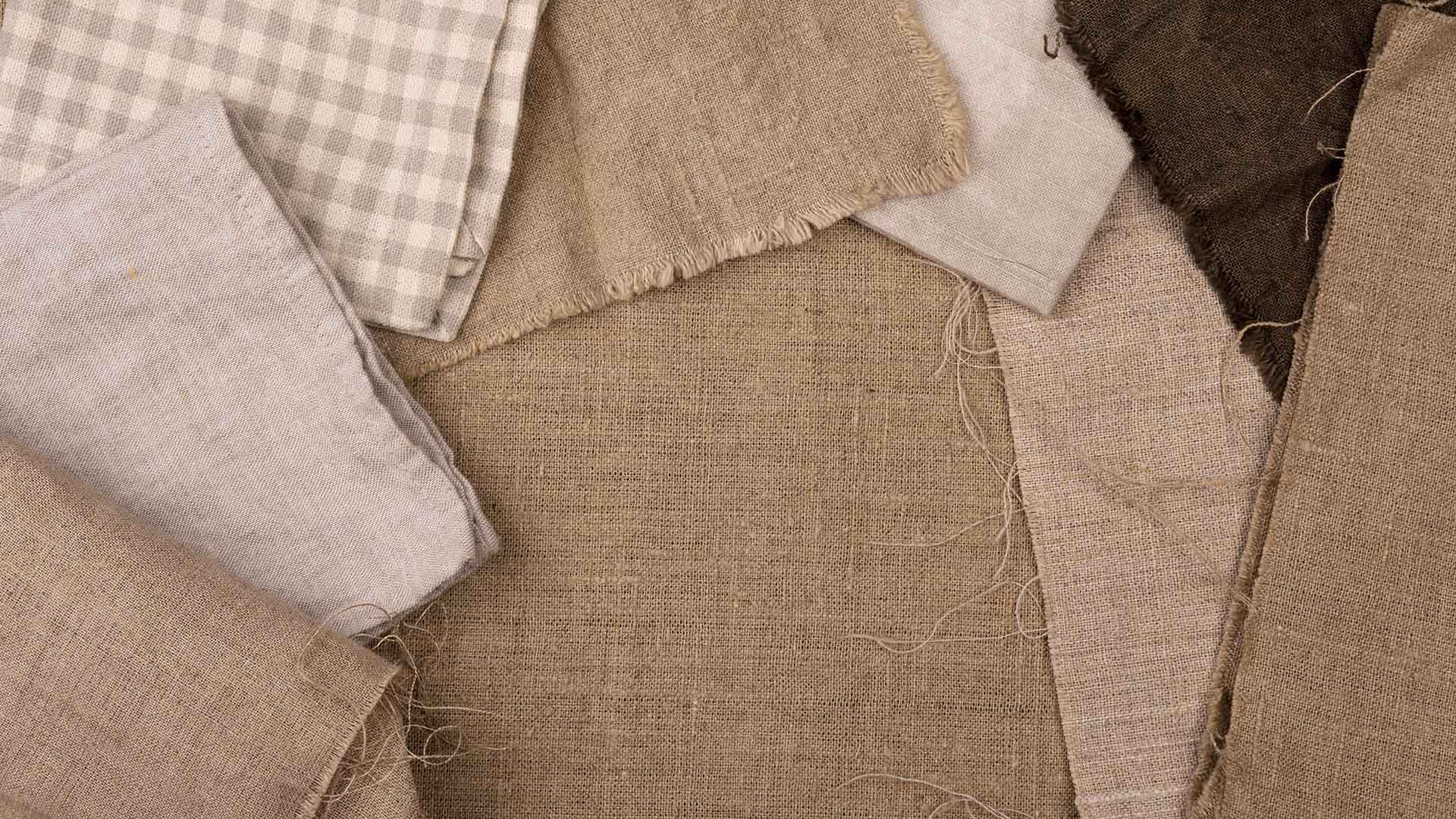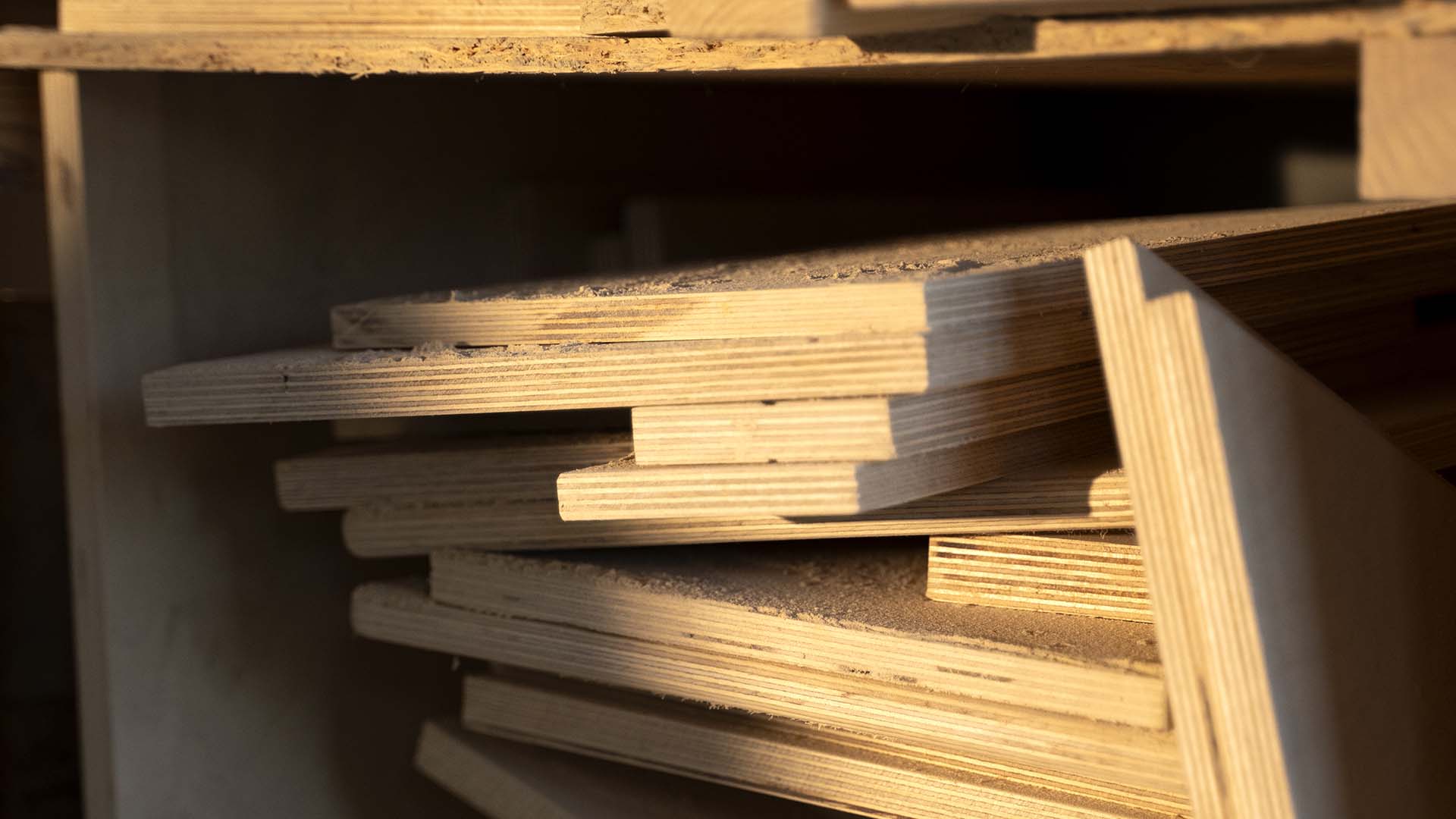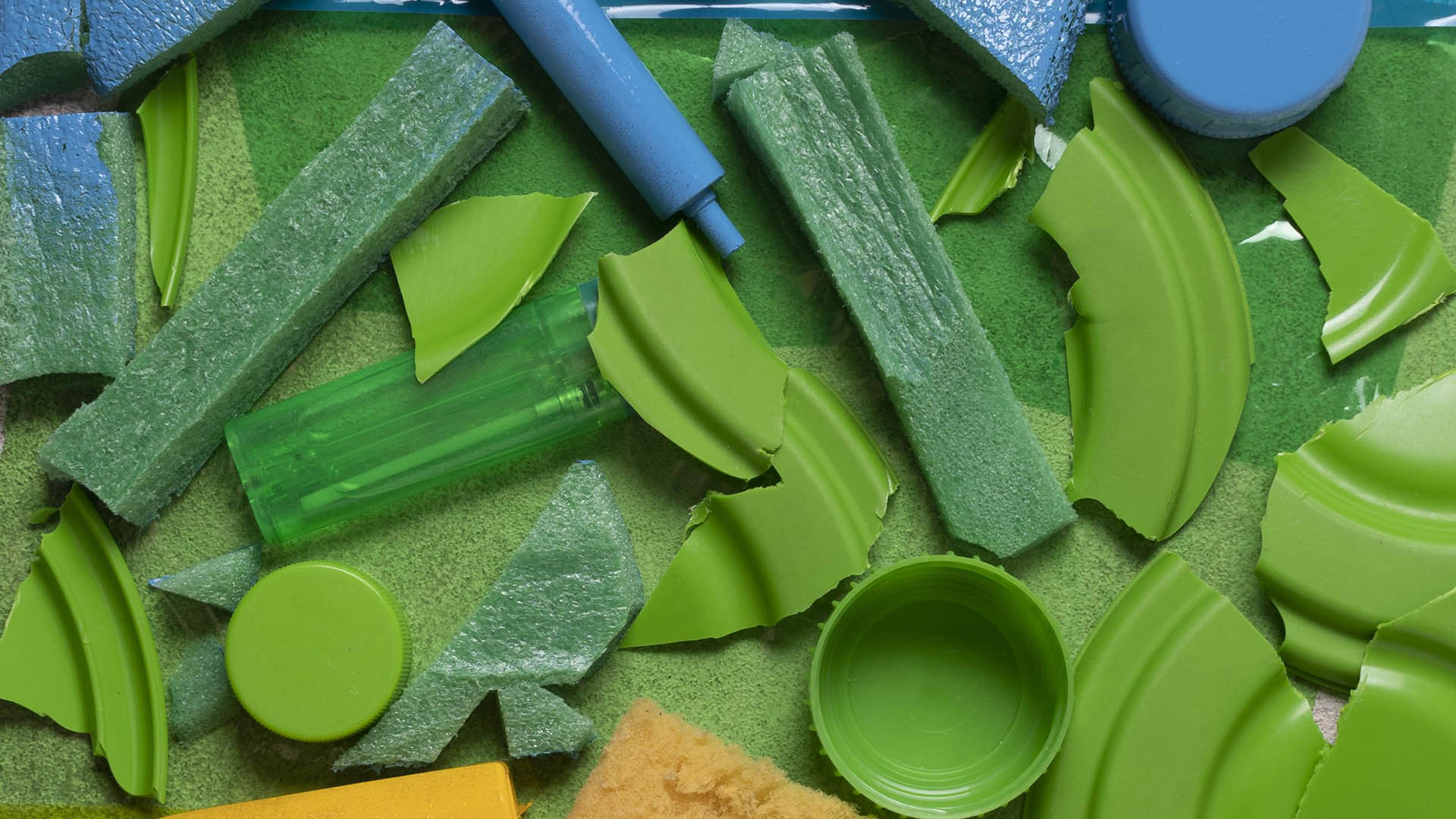Recycled materialsused in the production of furniture

In the custom furniture industry, there is a wide range of materials that can be recycled and reused. These recycled materials play a key role in a sustainable and environmentally responsible approach to furniture production. Here are some examples of materials that are often used in the recycling process:
Wood
Waste wood, sawdust and residues from wood processing can be used to produce chipboard, particles and other wood materials. These materials can be used to make frames, shelves, panels and other furniture components. Recycled wood often retains its natural charm and texture, providing a unique furniture look.

Plastic
Plastic is one of the most frequently recycled materials in the furniture industry. Waste plastic can be turned into granules or fibers that are then used to produce various furniture components, such as handles, fittings, supports and other details. Recycled plastic has the same functional characteristics as new plastic, but provides the added benefit of reducing the amount of waste.

Metal
Scrap metal, such as aluminum, steel and copper, can be recycled and used to produce metal structures and furniture frames. These materials are extremely durable and can be easily shaped according to design needs. Metal recycling also contributes to reducing the need to extract new raw materials, which saves energy and reduces carbon dioxide emissions.

Glass
Recycled glass is used for the production of glass doors, panels and other furniture components. This material is transparent, durable and can be combined with other materials to achieve a unique furniture look. Recycled glass also has a positive impact on environmental protection as it reduces the need to produce new glass and reduces the accumulation of waste.

Textile
Waste textiles, such as old upholstery or fabrics, can be recycled and used to upholster furniture. This process involves turning old textiles into fibers that are then used to make new upholstery.
This process involves turning old textiles into fibers that are then used to make new upholstery. Textile recycling provides an opportunity to restore and transform old fabric, thereby reducing the need for new textile production and saving natural resources.

In addition to the mentioned materials, there is also the possibility of recycling other materials such as leather, rubber, stone and others. Each of these materials has specific characteristics and advantages that make them suitable for use in the custom furniture industry.
Overall, recycling materials in custom furniture production processes has numerous advantages.
- First, it reduces the amount of waste that ends up in landfills, thereby protecting the environment and preserving the environment.
- Second, the need to exploit natural resources is reduced, which contributes to the sustainability and long-term preservation of our planet.
- Third, recycled materials often have lower energy consumption in production compared to new materials, resulting in lower emissions of harmful gases.
Conclusion
Recycling materials in the custom furniture industry is a key step towards a more sustainable future. Using recycled materials reduces the negative impact on the environment, reduces waste and conserves natural resources. As consumers, we have the opportunity to support these practices and choose furniture that is made from recycled materials. In this way, we can contribute to the preservation of the planet and the creation of a more sustainable environment for future generations.
